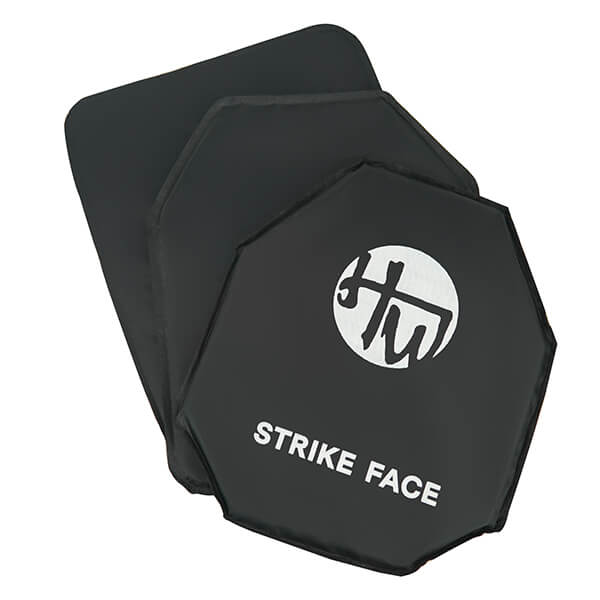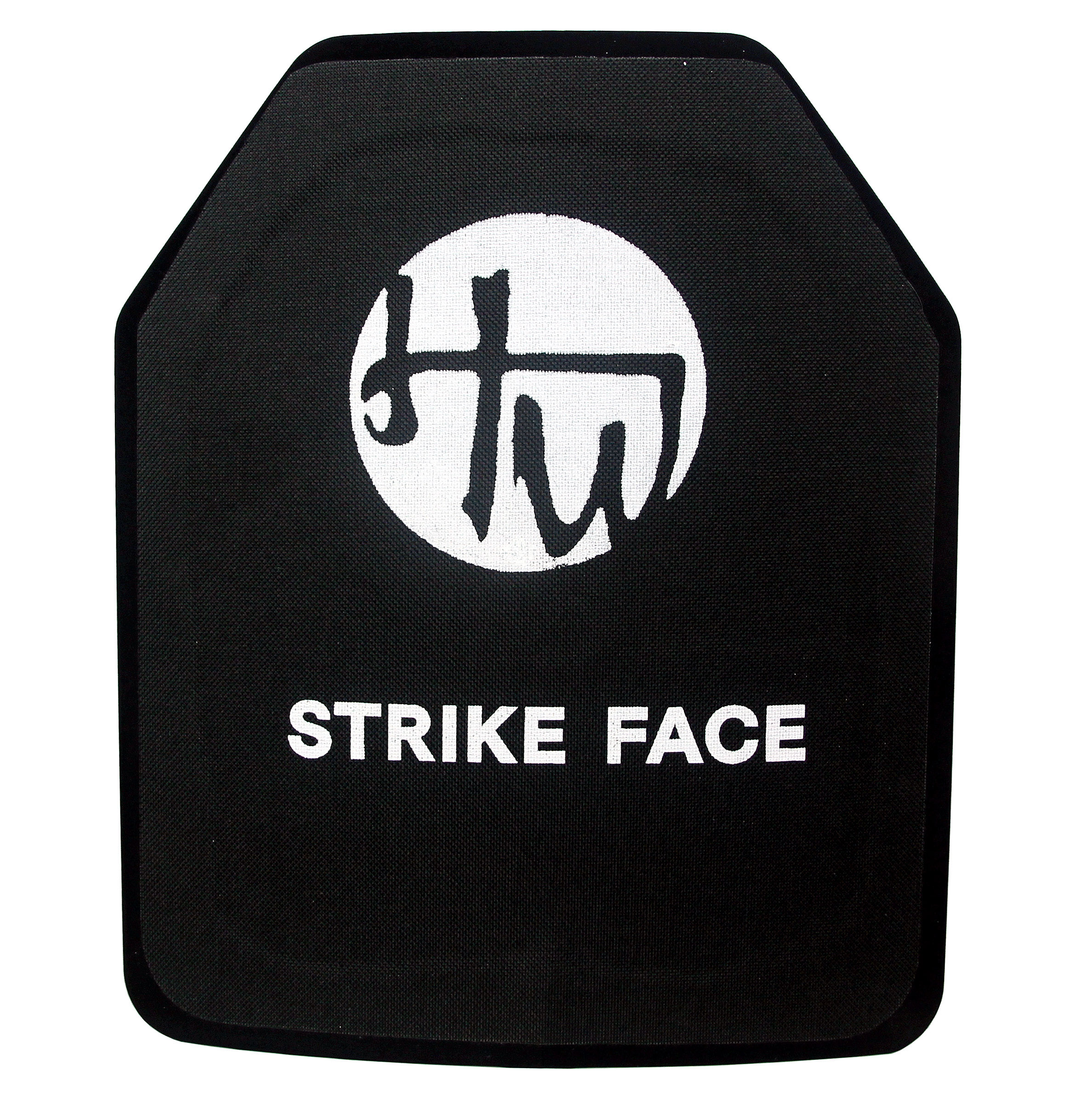When you pick between level 3 plates and level 4 body armor, think about the dangers you might face. Level 3 plates protect you from normal rifle bullets. Level 4 body armor can stop armor-piercing bullets. Each type of armor feels different in weight and comfort. For your own safety, consider your budget and how much protection you want.

Level 3 Plates vs Level 4 Body Armor: Quick Comparison
When you look at level 3 plates and level 4 body armor, you see clear differences. Level 3 plates give you solid protection against most rifle threats. Level 4 body armor stops even armor-piercing rounds. You need to think about what kind of bulletproof gear fits your needs.
Level 3 body armor usually weighs less. You can move easier and wear it longer. Level 4 body armor feels heavier but gives you the highest level of bulletproof protection. You may notice the extra weight if you wear it for hours.
Cost matters too. Level 3 plates often cost less than level 4 body armor. If you want strong protection but have a tight budget, level 3 body armor might work best. Level 4 body armor costs more because it uses advanced materials for extra protection.
Key Specs Table
| Feature | Level 3 Plates | Level 4 Body Armor |
|---|---|---|
| Protection | Stops standard rifle rounds | Stops armor-piercing rounds |
| Bulletproof Level | NIJ Level III | NIJ Level IV |
| Weight | 3-6 lbs per plate | 6-8 lbs per plate |
| Comfort | Easier to wear, more mobility | Heavier, less mobility |
| Cost | Lower | Higher |
| Durability | Good for multi-hit | Usually single-hit |
Threat Protection
Level III Capabilities
It is important to know what level 3 body armor can stop. Level iii armor protects you from most rifle bullets, like 7.62x51mm NATO and .308 Winchester. This protection meets the NIJ rules for level iii. You get strong safety from normal threats, but not from armor-piercing bullets.
Level iii protection works in many cases. You can trust this armor to block bullets from AR-15s and AK-47s with regular ammo. Level iii armor gives a good mix of weight and safety. You can move easily with this protection. Many people pick level 3 body armor for home safety or patrol jobs.
Level IV Capabilities
Level 4 body armor gives you the best protection you can get for yourself. Level iv armor stops armor-piercing rifle bullets, like .30-06 M2 AP. This protection meets tough NIJ rules for level iv. You get the most safety from the hardest threats.
Level iv armor uses special materials to stop fast, armor-piercing bullets. You can trust this armor if you think you will face big dangers. Level 4 body armor is heavier than level iii armor, but it gives the best safety. You may feel less comfortable and move slower, but you get the highest bulletproof safety.
You should know the difference between normal and armor-piercing threats. Normal rifle bullets use lead or soft metal inside. Armor-piercing bullets have hard metal inside that can go through most body armor. Level 3 body armor stops normal threats, but level 4 body armor stops armor-piercing bullets.
When you pick your armor, always match the protection level to the threats you expect. Level iii armor works for most people. Level iv armor gives the best safety from tough threats. Hard armor plates at level iv give you the strongest protection you can wear.
Materials & Weight
Level 3 Plates Materials
Level 3 body armor can be made from steel, ceramic, or polyethylene. Steel plates are very strong and last a long time. Ceramic plates are lighter than steel and break when hit by bullets. Polyethylene plates are made from special plastic fibers.
These plates are the lightest and let you move quickly. Steel plates last longer but are heavier than ceramic plates. Ceramic plates are more comfortable if you wear them for a long time. Level 3 armor lets you choose the material that fits your needs best.
Level 4 Body Armor Materials
Level 4 body armor uses special materials for the most protection. Most level 4 plates are made from ceramic or a mix of ceramic and polyethylene. Ceramic plates stop armor-piercing bullets by breaking and spreading the force.
Polyethylene layers make the plate stronger and keep it together. Steel is not used much in level 4 armor because it cannot stop armor-piercing bullets. At this level, ceramic plates are better than steel for stopping power. Level 4 body armor gives you the best protection from hard threats.
Comfort & Mobility
The weight of your armor is important if you wear it for hours. Level 3 plates usually weigh between 3 and 6 pounds each. Level 4 plates weigh between 6 and 8 pounds each. You will notice the extra weight right away. Lighter plates help you move faster and feel better. Heavy plates can slow you down and make you tired. Hard armor plates protect you well, but you need to think about comfort too. Always try on your armor before buying to see how it feels.

Durability & Multi-Hit
Level 3 Body Armor Durability
You want your armor to last and keep you safe. Level iii armor is good at taking more than one hit. Steel level 3 armor can handle many hits in the same spot. Ceramic level iii armor can stop a few bullets, but it might crack after each one. Polyethylene plates in level iii armor also do well with several hits. You can use level 3 armor again and again for training or real danger.
Level iii armor usually lasts a long time. Steel plates can last over 20 years if you keep them dry and clean. Ceramic and polyethylene plates often last 5 to 10 years. The material you pick changes how long your armor stays safe.
Level 4 Body Armor Durability
Level iv armor gives you the most protection, but it works differently. Most level 4 body armor uses ceramic or a mix of ceramic and polyethylene. These plates can stop one armor-piercing bullet, but the plate might break after that. Level 4 body armor is made for single-hit protection. If you get hit again in the same spot, the plate may not work.
You should check level 4 body armor after every use. If you see cracks or chips, you need a new plate. Level 4 armor lasts about 5 to 7 years for ceramic plates. Polyethylene in level 4 body armor can last a little longer if you store it well.
You need to pick armor that fits your needs. Level iii armor is good if you need to stop more than one bullet. Level iv armor gives you the best safety from armor-piercing bullets, but you might need a new plate after one hit. Always follow the care rules for your plates to keep them strong.
Cost & Value
Level 3 Plates Price
You will find that level 3 plates cost less than level 4 body armor. Most level 3 plates range from $100 to $300 per plate. The price depends on the material. Steel plates usually cost less. Ceramic and polyethylene plates cost more because they are lighter and more comfortable. If you want affordable protection, level 3 armor gives you good value.
Level 4 Body Armor Price
Level 4 body armor costs more because it uses advanced materials. You can expect to pay between $200 and $500 per plate. Ceramic and polyethylene plates at this level offer the highest protection. The extra cost comes from the ability to stop armor-piercing rounds. You pay more for the best safety.
Warranty & Investment
When you buy body armor, check the warranty. Most plates come with a warranty of 5 to 10 years. Ceramic and polyethylene plates often have shorter warranties than steel. A longer warranty means better long-term value. You invest in your safety when you choose quality armor. Always store your plates well to make them last longer.
- Look for clear warranty terms.
- Store your body armor in a cool, dry place.
- Replace plates if you see damage.
Choosing the Right Armor Plate Level
Civilian & Home Defense
You want to protect yourself and your family at home. Level iii plates give you strong protection against most rifle threats you might face in a break-in. You can move easily with this body armor, and you will not feel weighed down. Level iii works well for home defense because it balances safety and comfort. You do not need the extra weight of level iv unless you expect armor-piercing threats. Most civilians choose level iii for its value and ease of use.
Law Enforcement & Military
You face higher risks in law enforcement or military jobs. Level iv plates give you the highest protection against armor-piercing rounds. You may need this level of body armor if you expect to face advanced threats. Level iv plates feel heavier, but they stop the toughest bullets. You should choose level iv if your job puts you in dangerous situations. Some officers use level iii for patrols and switch to level iv for high-risk missions.
- Level iii: Good for patrols and lower-risk tasks.
- Level iv: Best for raids, tactical teams, and combat.
Training & Range Use
You need to train with the gear you plan to use. Level iii plates work well for training and range days. They cost less and last longer under repeated use. You can practice moving and shooting without feeling too tired. Level iv plates give you real-world experience with heavier armor, but they cost more and may not last as long after hits. Use level iii for most training, and save level iv for special drills.

Legal & Fit of Level 3 and Level 4 Armor Plates
Ownership Laws
You need to know the laws before you buy body armor. In most states, you can own level 3 and level 4 armor if you are not a convicted felon. Some states have extra rules about buying or wearing armor in public places. Always check your local laws before you order any plates. If you travel, laws may change from state to state. You should stay updated on any new rules that affect armor ownership.
Plate Carrier Compatibility
You must make sure your plates fit your carrier. Measure your plates and check the size chart for your carrier. Most carriers list the plate sizes they support, such as 10×12 inches or SAPI cuts. If your plate does not fit right, it can move around and reduce your protection. Try on your carrier with the plates inside before you use it in the field. Adjust the straps so the armor sits high on your chest and covers your vital organs.
- Check the thickness of your plates.
- Make sure the carrier can handle the weight.
- Test your movement with the armor in place.
A good fit keeps you safe and comfortable. The right carrier and plate combo helps you move better and stay protected.
Conclusion
You now know the main differences between level 3 plates and level 4 body armor. Level 3 gives you lighter weight and good protection for most threats. Level 4 offers the highest protection but feels heavier and costs more. Choose the right option based on your risk, comfort, and budget. Always check your needs and local laws before you buy.
